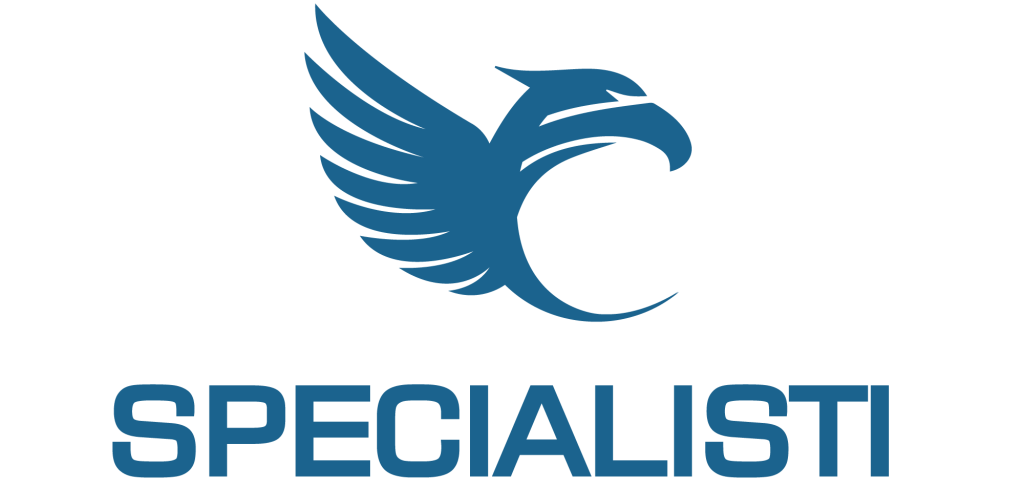Advertisement Management
Ad management is an indispensable part of any modern business. In fact, 68% of marketers consider it extremely important to their overall marketing strategy. Business competition is fierce, and the race for customers is even more intense — which means you need to find ways to stand out. With the right advertising, you can create meaningful messages that speak directly to your audience, boost your brand’s visibility, and support your search marketing efforts.
In fact, you can probably recall at least one advertisement that made you buy something — or at the very least, remember the brand.
Your advertising messages content should be as unique as possible, target the right people, and be delivered at the right time. Tracking consumer behavior should be the key to engaging your prospects.
However, it’s not an easy process to manage — especially if you're new to ad management. Let’s explore the definition, types, objectives, and benefits for your business.
What is Ad Management?
Ad management is the process of planning, overseeing, and controlling various advertising activities aimed at influencing the purchasing decisions of the target audience. Simply put, the role of ad management is to develop and place ads in the most suitable locations to achieve the best results.
The field of ad management includes analyzing the current advertising strategy and target audience, evaluating its effectiveness, and updating it toward existing goals. It also involves setting the budget, crafting relevant messages, hiring the appropriate specialists, and managing their work. Website.
Implementing strategic ad management practices in your business plan aims to introduce specific products or services to your target audience, develop a better image, increase brand awareness, and boost overall sales. Some people try to handle these processes themselves, while others hire digital agencies .
Types to Keep in Mind in Digital Ad Management
Although there are many types of ad management — from print media to broadcast — digital advertising has gained significant traction. In fact, the digital advertising market in the U.S. is expected to exceed $300 billion by 2025.
Digital ad management involves placing ads on online channels to promote your brand, product, or service. There is a wide variety of digital formats you can use for your business, including emails, social media, blogs, search engines, and forums — all of which can host your ads.
Let’s look at the main types of digital ad management to determine the best format for your business:
Social media advertising
Social media advertising presents its ads on various social media platforms (Instagram, Facebook, YouTube, etc.). It is popular due to the large number of users and its easy integration into marketing strategies. Social media ads can be targeted, sponsored, and organic. Some social media automation tools even allow you to boost your posts.
Search engine advertising
Search engine ads appear during web searches and have two common forms: search engine optimization (SEO) and pay-per-click (PPC) ads. SEO and content creation activities linkare responsible for promoting your content on search engines (blogs and websites) based on specific keywords.
PPC allows businesses to pay and appear at the top of the suggested results. Since most readers end up on the first page of Google, this strategy is worth pursuing.
Interactive advertising
Interactive advertising includes video ads and online ads that require viewers to perform a specific action. Although interactive ads take more time to produce, they also show high levels of engagement and are among the current trends in generating likes.
This type of advertising offers unlimited creativity and has the potential to emotionally engage the prospect.
Email advertising
Although email advertising has been pushed to the limits of SPAM in the past, it is still one of the most popular and effective ways to reach an audience. The key here is to include people who have interacted with your company before. It is affordable and can be used to promote specific offers or introduce new services.
Programmatic display advertising
Programmatic ads deliver a promotional message across various communication channels. They can appear as banners, landing pages, or pop-up ads and can be displayed anywhere on the internet.
Digital ads have a high-speed distribution and offer further segmentation of your key lists. They can be adjusted and personalized as your campaign progresses, always aiming for maximum effectiveness. But most importantly, they can combine all the types of ads mentioned earlier into a comprehensive advertising campaign.
3 Main Objectives of Ad Management
The goal of any promotion should be to facilitate conversations between the brand and the customer. To drive sales and profits, but there’s a bit more to it. Before you start a campaign, define your ad management objectives:
1. To introduce
The first objective of advertising is to inform your potential customers about your brand. Make them aware of the services you offer, introduce a new product, present an interesting offer, or talk about entering a new market. All of these will serve as a conversation starter around your brand and can lay the foundation for the next objective.
2. To persuade
Another objective is to persuade your potential buyers that your product or service is the best. This objective aims to demonstrate your value over competitors and convince them to switch brands. Every ad should have a clear purpose and a call to action (CTA) that needs to be completed, such as clicking a link or filling out a form.
3. To remind
Some advertising campaigns may start from scratch when the company (market or service) is new, but others aim to refresh your audience's memory. You need to remind them of what you represent, promote what makes you unique, and, of course, why you are better than the competition.
Questions to Ask in Ad Management
To choose the right direction in the ad management process, you need to ask yourself a few questions to determine your advertising path.
Here are some key questions to consider:
Why do you need to advertise?
Do you need to enter a new market? Do you want your services to have a broader reach? Or is there a seasonal offer you want to present? The answers to these questions will give you an understanding of what you want to achieve. It will also help determine the strategy to make it happen. Refer back to those three main objectives to define your focus area.
How will you achieve the set goals?
This is where you really plan your next ad management strategy. Look at the competition, search for ideas, consult with your team, and perhaps run a small test.
Who will be responsible for ensuring that Ad Management is as professional as possible?
Whether you are building the team from scratch or gathering help from your marketing department, you will need designers, content creators, marketing specialists and ad managers.
When will you start some elements of the advertising campaign?
It’s important to set the conditions: How much time does your team have to prepare the key elements? When will the campaign begin? And when should you expect the first results?
How is Ad Management done?
So, what is your goal in marketing ad management? How do you manage ads? Let’s go through the key steps to create a strategic process:
1. Review the marketing plan
The advertising objectives stem from the marketing objectives, so it makes sense to review the entire marketing plan before starting an advertising campaign. This ensures that every promotional activity carried out will align with your company’s vision and values.
At this point, perform an administration of your marketing plan:
- Research your competitors and the market.
- Evaluate what has been proven to be effective in the past.
- Assess budget constraints.
- Analyze the target market and audience.
2. Create an advertising frame
The objectives of ad management provide the framework for the entire advertising strategy. Specify the goals you need to achieve and how to evaluate them. For consistent performance, you can choose one of these main marketing models: AIDA, SMART, or DAGMAR.
To set realistic goals, you need to consider the needs for your service:
- Brand awareness: brand recognition and brand recall
- Brand preference: whether you are preferred over your competitors
- Purchase intent: the probability that the consumer will purchase your product
- Ease of purchase: whether a customer knows where and how to make a purchase.
3. Create a budget
To describe a reasonable budget, your ad management team should calculate how important advertising is for sales (the percentage of converted customers that came from ads).
4. Define media channels
Once you set the objectives and budget, ad management can plan the next steps to be taken during the advertising journey. This includes developing the media channel strategy, designing media tactics, and evaluating effectiveness. Start by answering the following questions:
- Where would the advertisement be placed?
- How often would a member of the target audience see the ad within a specific period?
- How broad is the advertising reach?
- What level of ad exposure is needed to achieve goals?
After this, your ad management team should choose the type of ad to adopt, measure the effectiveness of the chosen method, and update or replace it if necessary.




